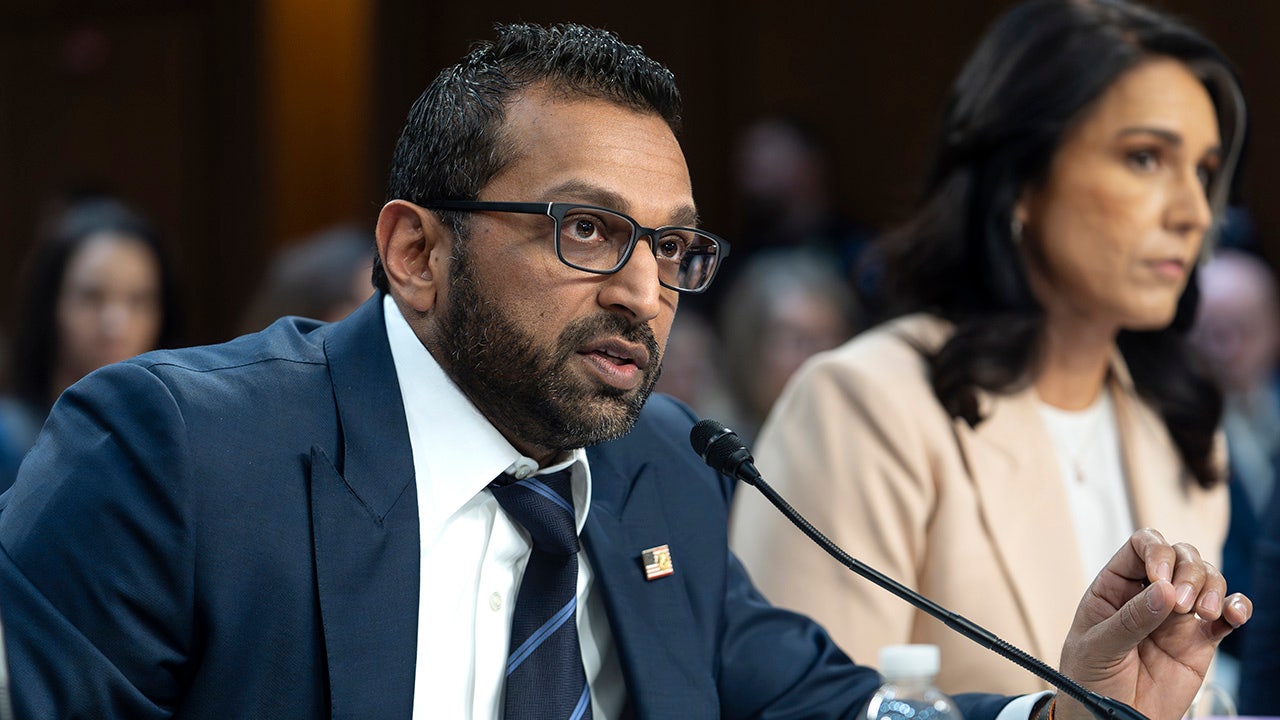One of Warren Buffett’s largest public equity investments is now deep in the red. Occidental Petroleum, in which Berkshire Hathaway holds a 28.2% stake, has seen its shares slump 21% from their 2025 peak of $53.20, closing at $42.16 on Friday. The stock touched a low of $34.78 last month, its lowest level since 2022, as U.S. oil prices struggle, wiping out billions in value and casting a long shadow over one of Buffett’s final big swings in the energy sector.
The Berkshire Hathaway chairman, who has long praised Occidental and its CEO Vicki Hollub, calling her “an extraordinary manager” and saying “we’re in it for keeps,” was notably silent about the company at Berkshire’s annual shareholder meeting last Saturday—his last as CEO. Hollub, seated in the audience, watched as Buffett skipped over what had previously been a fixture of his annual remarks.
As the stock continues to fall, Berkshire’s stake—purchased largely at prices above $50—has dropped by an estimated $6.4 billion from its peak value last year, according to the Wall Street Journal.
Berkshire Hathaway owns 28.2% of Occidental’s outstanding shares, currently valued at $11 billion, making it the seventh-largest position in Berkshire’s $280 billion public equity portfolio. Berkshire also holds $8.5 billion in preferred stock in Occidental and has warrants to buy another 83.9 million shares for $5 billion.
Buffett's energy strategy faces a test
The Sage of Omaha has a history of oil investing missteps. A sizable stake in ConocoPhillips in 2008 soured during the financial crisis. He later exited Exxon Mobil in 2014 after a drop in prices. But in the wake of the pandemic, he reentered the sector aggressively, buying into Chevron and Occidental as oil prices rebounded.
In 2019, Buffett funded Occidental’s acquisition of Anadarko Petroleum with a $10 billion preferred stock investment. He later said he was sold on Hollub’s vision after listening to her outline Occidental’s future plans to analysts: “What Vicki Hollub was saying made nothing but sense.” That backing appeared to embolden the company’s leadership, with Buffett even supporting Occidental’s high-risk carbon capture ambitions, despite admitting the economics were unproven.
Occidental’s $11 billion purchase of Permian driller CrownRock last year further increased its debt burden, bringing long-term liabilities to around $24 billion. Now, facing sub-$60 oil prices and increased output from OPEC+, Occidental’s debt-heavy balance sheet and capital-intensive green ventures are under strain. Meanwhile, the Wall Street Journal has reported that the Energy Department is preparing major funding cuts to clean-energy projects—including Occidental’s carbon capture plans in South Texas.
Q1 offers a glimmer of hope
Still, Occidental’s recent financial performance offers reasons not to write the investment off just yet. The company reported better-than-expected results for the first quarter last week, buoyed by strong production and improving natural gas prices.
Production jumped nearly 19% year-on-year to 1.39 million barrels of oil equivalent per day, with gains in the Rockies and what Occidental referred to as the Gulf of America. Average realized natural gas prices surged 50% from a year earlier to $2.42 per thousand cubic feet, while natural gas liquids rose 17% to $25.94 per barrel.
“In the first quarter, our teams' sustained focus on operational excellence unlocked additional efficiencies and supported the delivery of resilient free cash flow,” Hollub said in the company’s earnings release.
The company generated $3 billion in operating cash flow and $1.2 billion in free cash flow after capital expenditures. It used those proceeds to fund a 9% increase in its dividend and to pay down $2.3 billion in debt, aided by $1.3 billion in non-core asset sales. Since the third quarter of 2024, Occidental has repaid $6.8 billion in debt, exceeding its target following the CrownRock acquisition.
“We continue to rapidly advance towards our debt reduction goals, and we believe our deep, diverse portfolio of high-quality assets positions us for success in any market environment,” Hollub added.What next for Berkshire’s stake?
As Occidental’s stock continues to slide, investors are watching closely to see how Buffett—or his successor Greg Abel will navigate the situation. Berkshire has regulatory approval to buy up to 50% of the company and could choose to add to its position at current levels. Alternatively, Abel could steer toward a more conservative approach, given the stock’s volatility and Occidental’s elevated debt.
So far, Berkshire has shown no signs of pulling the plug, even buying 763,000 additional Occidental shares at $46.82 in February this year, according to regulatory filings.
For now, Berkshire remains one of Occidental’s largest shareholders. The company has repaid $2.3 billion in debt this year, but weaker oil prices and uncertain demand continue to cloud the outlook.
Also read | Warren Buffett’s biggest investment isn’t Apple, BofA or Coca-Cola — it’s a stock hidden in plain sight
(Disclaimer: Recommendations, suggestions, views and opinions given by the experts are their own. These do not represent the views of Economic Times)
.png)
 German (DE)
German (DE)  English (US)
English (US)  Spanish (ES)
Spanish (ES)  French (FR)
French (FR)  Hindi (IN)
Hindi (IN)  Italian (IT)
Italian (IT)  Russian (RU)
Russian (RU) 








Comments